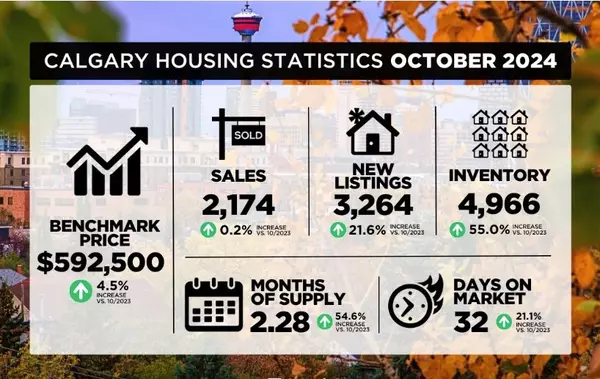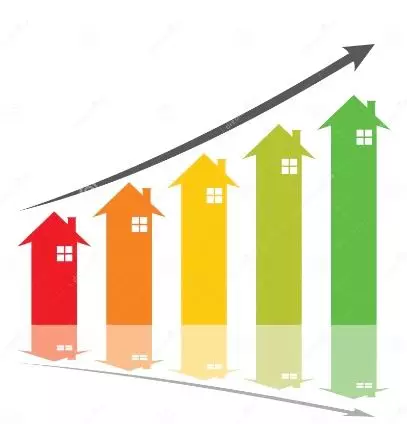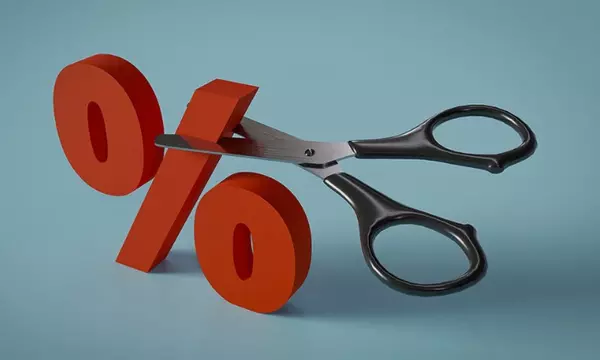Bank of Canada Rate Cut: Impact on the Fall Housing Market
The Bank of Canada dropped its overnight rate again today, bringing it 75 basis points lower than it was 12 weeks ago.
Depending on when you read this, the Bank’s most recent rate cut may already be reflected in lenders’ variable mortgage rates.
At a time when Canadians are carrying over $2 trillion in debt and falling further behind in repaying it, any reduction in interest rates is good for consumers.
Will a modest dip in variable rates be enough to wake the housing market now that the fall selling season is here?
Not necessarily. But we may be getting closer.
Variables still make for a rough stress test
A third consecutive rate cut means variable mortgage rates look a lot more appealing than they did three months ago.
A third consecutive rate cut means variable mortgage rates look a lot more appealing than they did three months ago.
If this was a teen movie, variable rates may have just taken off their glasses, undone their ponytail and made the entire school do a double take.
Variable rates are still prohibitively high, though. Once lenders lower their prime rates, the lowest variable rates at Canada’s biggest banks will still be around 5.9%, though a broker might be able to find you a rate closer to 5.25%.
Either option means passing a challenging stress test. A rate offer of 5.25% would require passing a stress test at 7.25% A qualifying rate that high could significantly restrict the amount a borrower is approved for.
Fixed mortgage rates remain much lower than variables. Some lenders and brokerages are offering three- and five-year fixed rates for below 4.5%, which means lower mortgage payments and an easier road to qualification.
But even these sub-5% rates haven’t been low enough to get the market moving. In July, home sales were down compared to June, and just 4.8% higher than July 2023, according to the Canadian Real Estate Association. Slightly lower variable rates weren’t the antidote then, and they probably aren’t now.
Until variable rates fall by at least another 1%, they won’t provide a more affordable option than what’s already available. The Bank of Canada would have to be uncharacteristically aggressive to make that happen this year.
Other qualification roadblocks
A BMO survey conducted this spring found that 72% of prospective home buyers are waiting for rates to fall before entering the market. That’s a valid strategy, but lower rates can’t always make up for other shortfalls where mortgage financing is concerned.
Down payments
One of those shortfalls could be found in Canadians’ down payment savings. According to July’s MNP Consumer Debt Index, 46% of Canadians are $200 or less away from failing to meet all their financial obligations.
In July, the average minimum down payment required in Canada was $41,732.
After years of paying elevated prices and interest rates, many Canadians simply don’t have access to down payments large enough to qualify for the mortgages they need. (Let’s not forget the thousands of dollars in closing costs they’ll have to come up with, too.)
Debt service ratios
If home buyers have leaned on credit to survive the last few years, their debt service ratios might discourage lenders from playing ball.
In the second quarter of 2024 each of the following increased year-over-year, according to TransUnion:
- Average auto loan balances.
- Average credit card balances.
- Average installment loan balances.
- Number of Canadians making minimum payments on their credit cards.
That amounts to a whole lot of pressure on a person’s gross debt service ratio, which can’t exceed 39% of gross monthly household income. If it does, that borrower won’t be able to qualify for a loan at a major bank. And if they turn to an alternative lender, they may need to provide a 20% down payment.
Once rates fall further and these debt balances are easier for Canadians to pay down, the debt service piece of the puzzle will improve and qualifying will become easier. Not yet, though.
Then again…
There are a few possible scenarios that could jolt the market back to life this fall. They’re not necessarily likely, but because Canadian home buyers can be…let’s say “unpredictable,” they shouldn’t be ruled out:
- FOMO might kick in. If buyers, particularly those who missed out on the pandemic feeding frenzy, get the impression that the market’s warming and prices are firming up, they may accept paying today’s rates instead of tomorrow’s prices in a bid to beat the rush.
- The BoC may turn on the jets. There’s some speculation that the Bank of Canada might drop a 50-basis point cut in the near future. The easier qualification threshold and implied future savings of such a cut would generate a small stampede to lenders’ doors.
- Fixed rates could dip below 4%. As much as Canadians might want variables to fall so they can sign on to an affordable, flexible option, it’s hard to imagine a scenario where they turn up their noses to a fixed rate that starts with a three. That might not be realistic this year, but lenders are highly competitive right now.
Categories
Recent Posts











